How to Fix iPhone Firmware File Corrupt?
iPhones rely on firmware files to control their hardware and software functionalities. Firmware serves as the bridge between the device’s hardware and the operating system, ensuring smooth operations. However, there are instances where firmware files can become corrupt, leading to various issues and disruptions in iPhone performance. This article will explore what iPhone firmware files are, the causes of firmware corruption, and how to fix corrupt firmware files using the advanced tool – AimerLab FixMate.
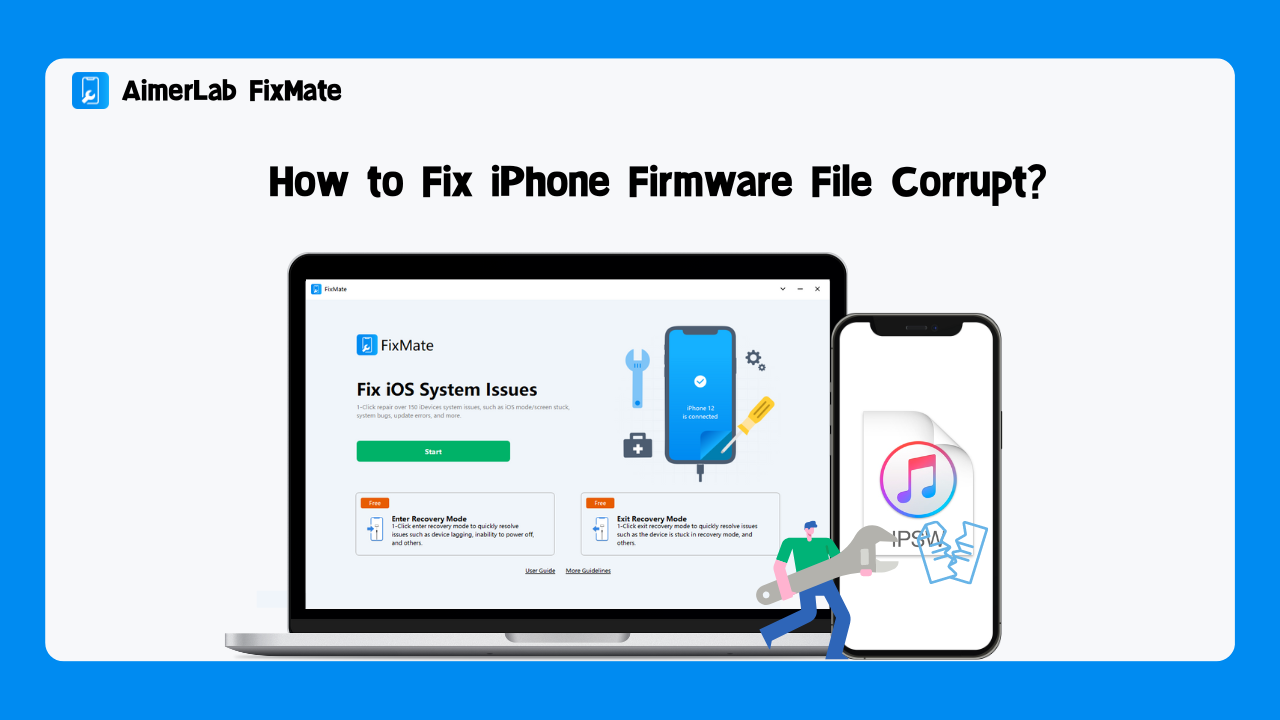
1. What is an iPhone Firmware?
An iPhone firmware file is a software component that runs on the device’s hardware to control and manage its functionalities. It includes essential programs, instructions, and data required for proper device operation. The firmware plays a crucial role in managing hardware components such as the display, camera, cellular connectivity, Wi-Fi, Bluetooth, and more. Additionally, it coordinates with the operating system to ensure smooth user interactions and overall system stability.
2. Why is my iPhone Firmware File Corrupt?
Several factors can lead to firmware file corruption on an iPhone:
- Software Glitches: During software updates or installations, unexpected interruptions or errors may occur, leading to partial or incomplete firmware updates, resulting in corruption.
- Malware and Viruses: Malicious software can infect the firmware, altering its code and causing corruption.
- Hardware Issues: Faulty hardware components or manufacturing defects can interfere with firmware operations, causing it to become corrupted.
- Jailbreaking or Unauthorized Modifications: Attempting to modify the iPhone’s firmware through jailbreaking or unofficial tools can disrupt the firmware’s integrity.
- Power Outages: Power failures during firmware updates or installations can interrupt the process and corrupt the firmware.
- Physical Damage: Physical damage to the iPhone’s internal components may lead to firmware corruption.
3. How to Fix iPhone Firmware File Corrupt?
When an iPhone’s firmware becomes corrupted, it can result in a wide range of issues, including frequent crashes, unresponsiveness, and even boot loop problems. Here are some common methods to fix firmware file corruption:
- Force Restart: In many cases, a simple force restart can resolve minor firmware issues. For iPhone 8 and later models, quickly press and release the volume up button, press and release the volume down button, then hold down the side button until the Apple logo appears. For iPhone 7 and 7 Plus, hold down the volume down and side buttons simultaneously until the Apple logo appears.
- Factory Reset: Performing a factory reset can resolve firmware corruption by wiping all data and settings. Backup your data first and then navigate to “Settings” > “General” > “Reset” > “Erase All Content and Settings.”
- Update or Restore via iTunes: Connect your iPhone to a computer with iTunes, and try updating or restoring the device to the latest official iOS version.
- DFU Mode (Device Firmware Update Mode): Entering DFU mode allows iTunes to install a new firmware version. Connect your iPhone to a computer, launch iTunes, and follow the instructions to enter DFU mode.
- Recovery Mode: If DFU mode doesn’t work, you can try recovery mode. Connect your iPhone to a computer, launch iTunes, and follow the instructions to enter recovery mode.
4. Advanced Fix iPhone Firmware File Corrupt Using AimerLab FixMate
For those seeking a more advanced and user-friendly solution to fix firmware file corruption, AimerLab FixMate is a highly recommended option. AimerLab FixMate is a professional iOS system repair tool designed to fix 150+ iOS/iPadOS/tvOS issues, including firmware corruption, stuck on recovery mode, stuck on white Apple logo, update errors and other common and serious iOS system issues.
Using AimerLab FixMate to fix firmware corruption is straightforward, here are the sreps:
Step 1: Click the button below to Download and install AimerLab FixMate on your computer.
Step 2: Open FixMate and establish a connection between your iPhone and the computer using a USB cable. After your device is successfully recognized, proceed by clicking the “Start” button located on the main interface’s home screen.
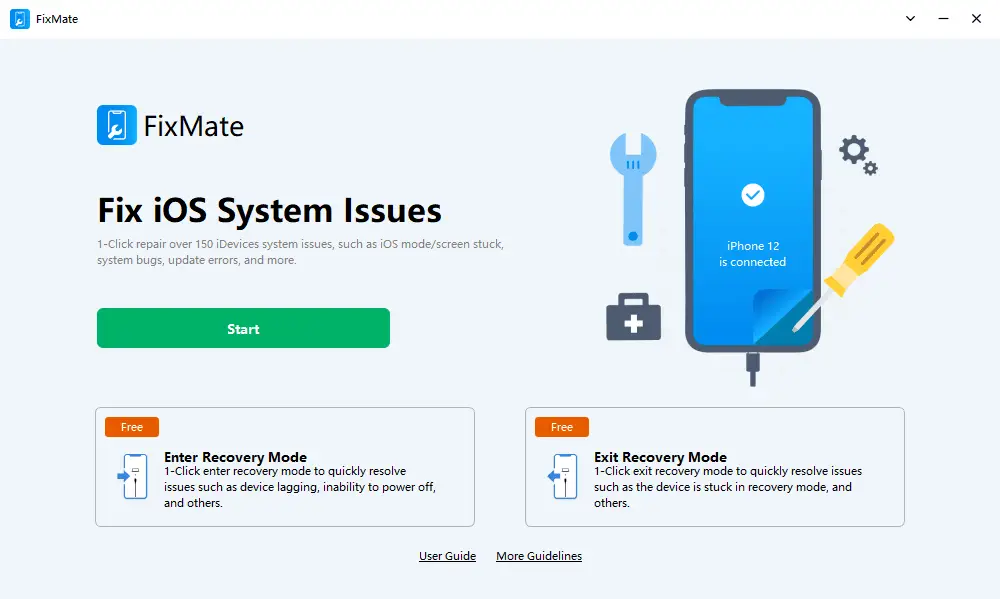
Step 3: To initiate the repair process, choose between “Standard Repair” or “Deep Repair” mode. The standard repair mode resolves common issues without data loss, while the deep repair mode addresses more severe problems but entails erasing data on the device. For fixing the iPhone’s firmware corruption, it is recommended to opt for the standard repair mode.
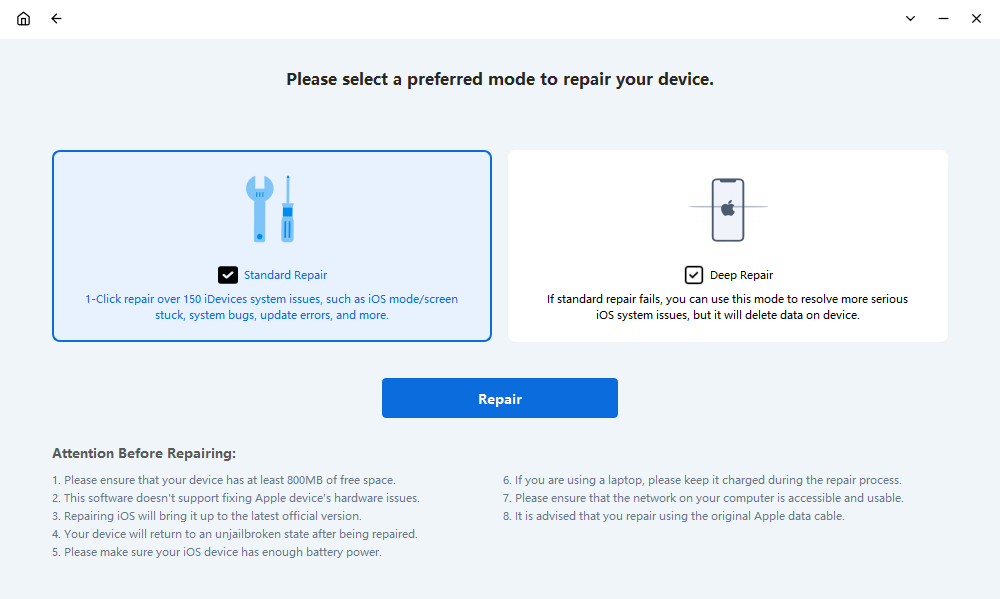
Step 4: Choose the firmware version you want, and then click “Repair” to download and update the latest firmware package. FixMate will start downloading firmware on your computer, and this may take some time to wait.
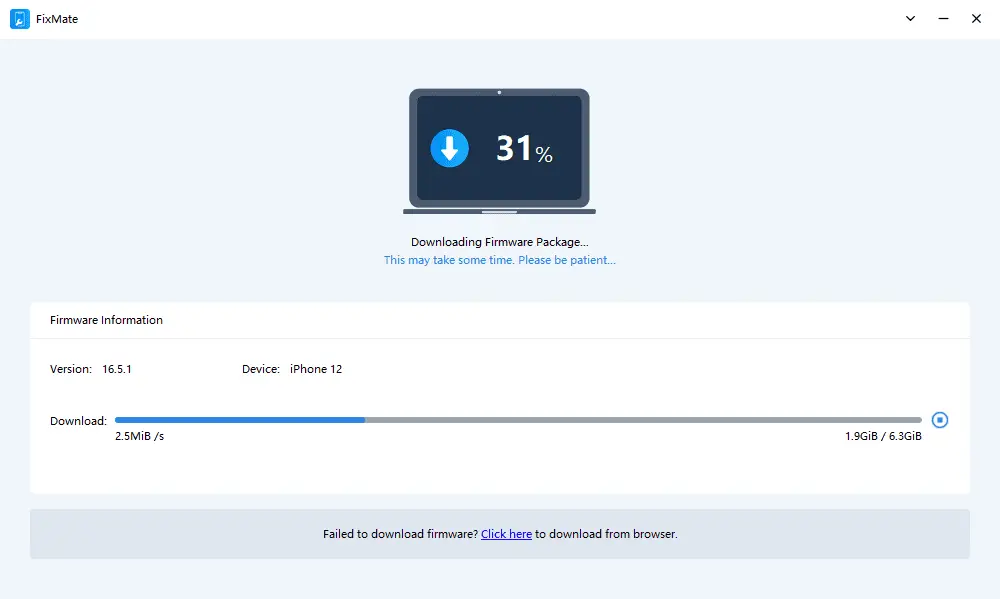
Step 5: After downloading, FixMate will begin fixing the corrupt firmware.
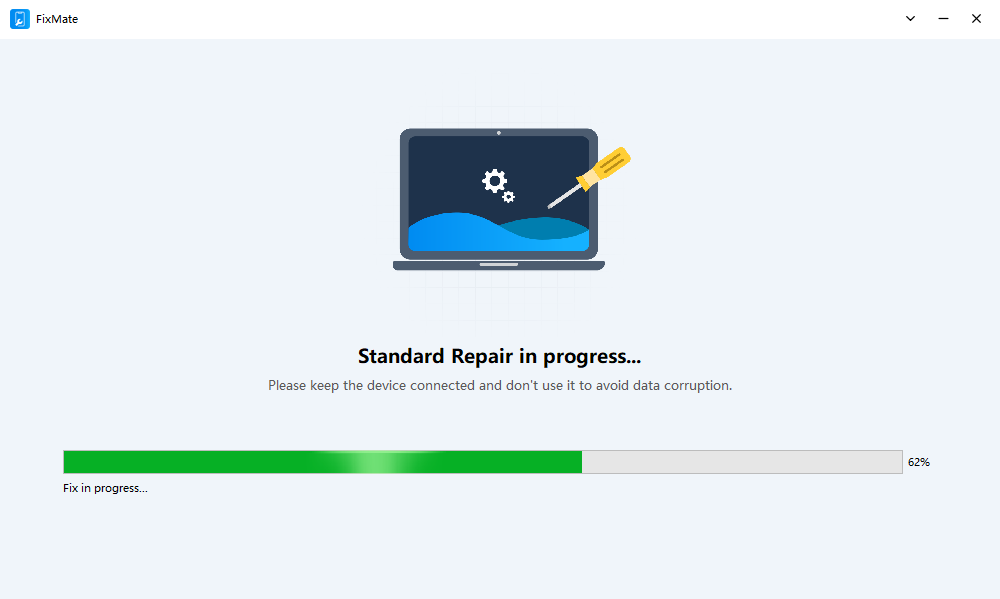
Step 6: Once the repair process is complete, your iPhone should restart with the firmware issues resolved.
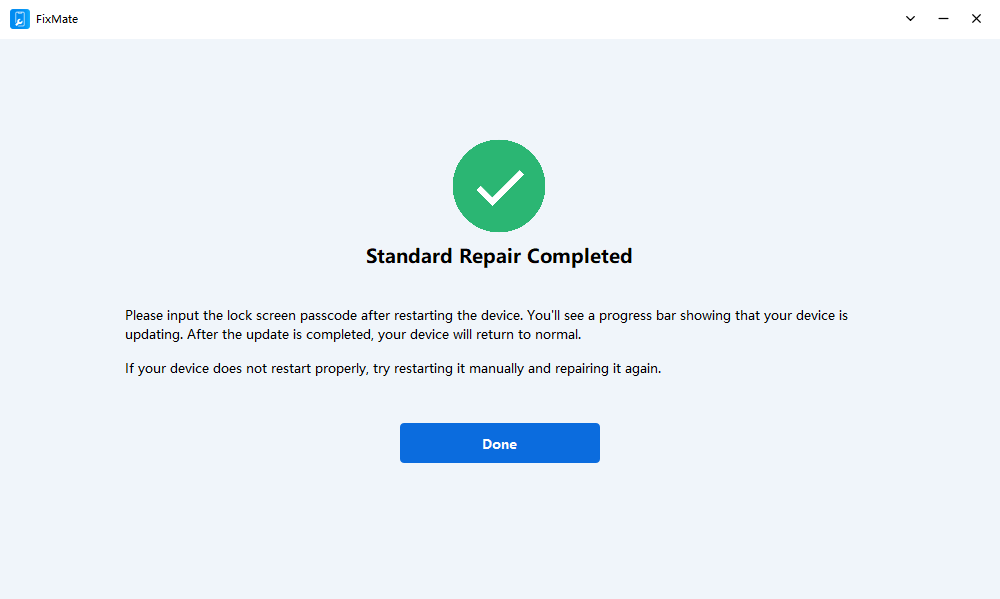
5. Conclusion
iPhone firmware files are essential software components that manage the device’s hardware and software functionalities. Firmware corruption can occur due to various factors, leading to numerous problems. While there are basic methods to fix firmware issues, using AimerLab FixMate offers a more advanced and user-friendly approach. With AimerLab FixMate, users can easily repair corrupt firmware without risking data loss, ensuring a smooth and optimized iPhone experience, suggest download it and have a try.
- Meet iPhone 16/16 Pro Max Touch Screen Issues? Try These Methods
- Why Does My iPhone Screen Keep Dimming?
- iPhone Keeps Disconnecting from WiFi? Try These Solutions
- Methods for Tracking Location on a Verizon iPhone 15 Max
- Why Can’t I See My Child’s Location on iPhone?
- How to Fix iPhone 16/16 Pro Stuck on Hello Screen?




